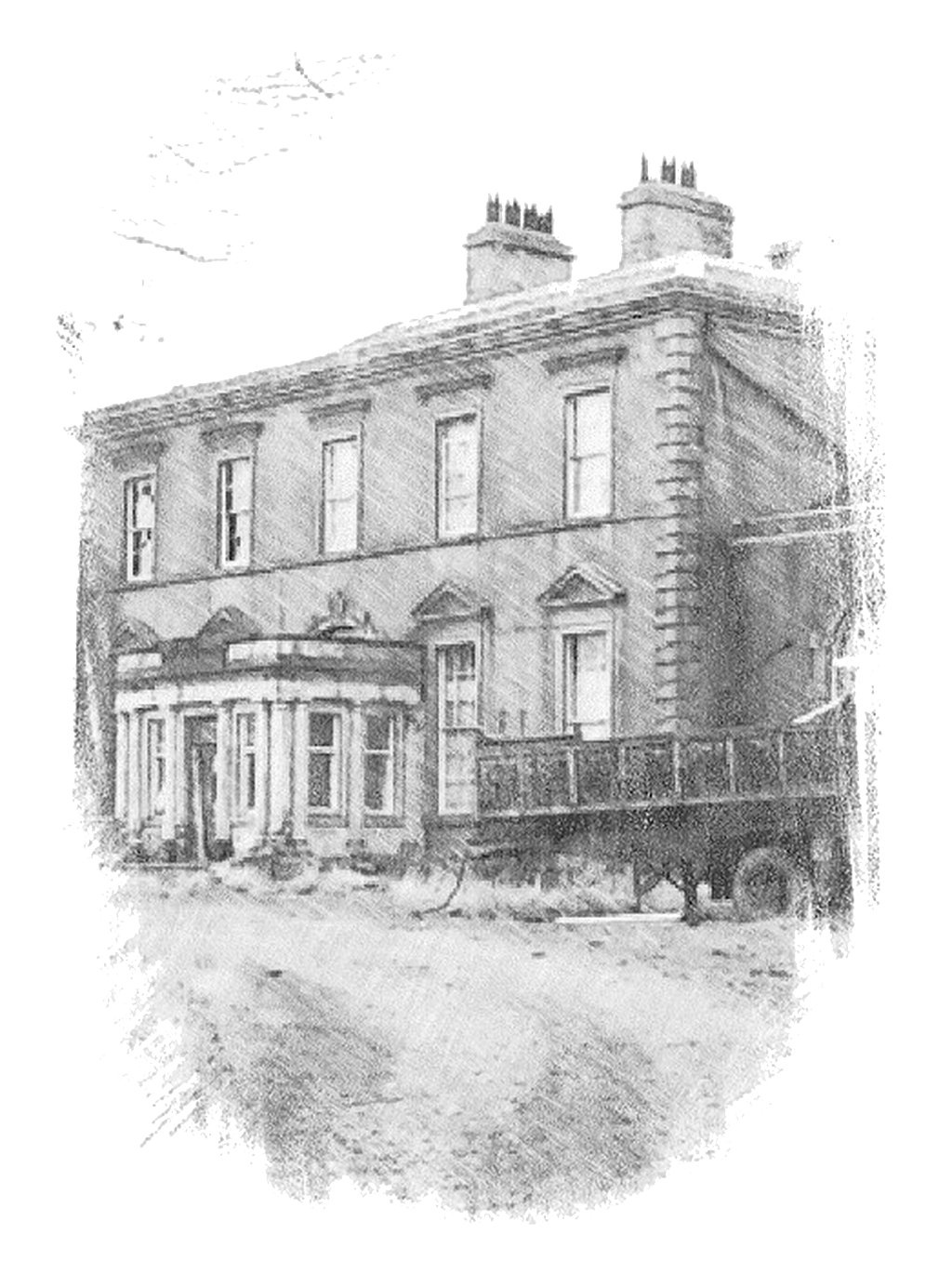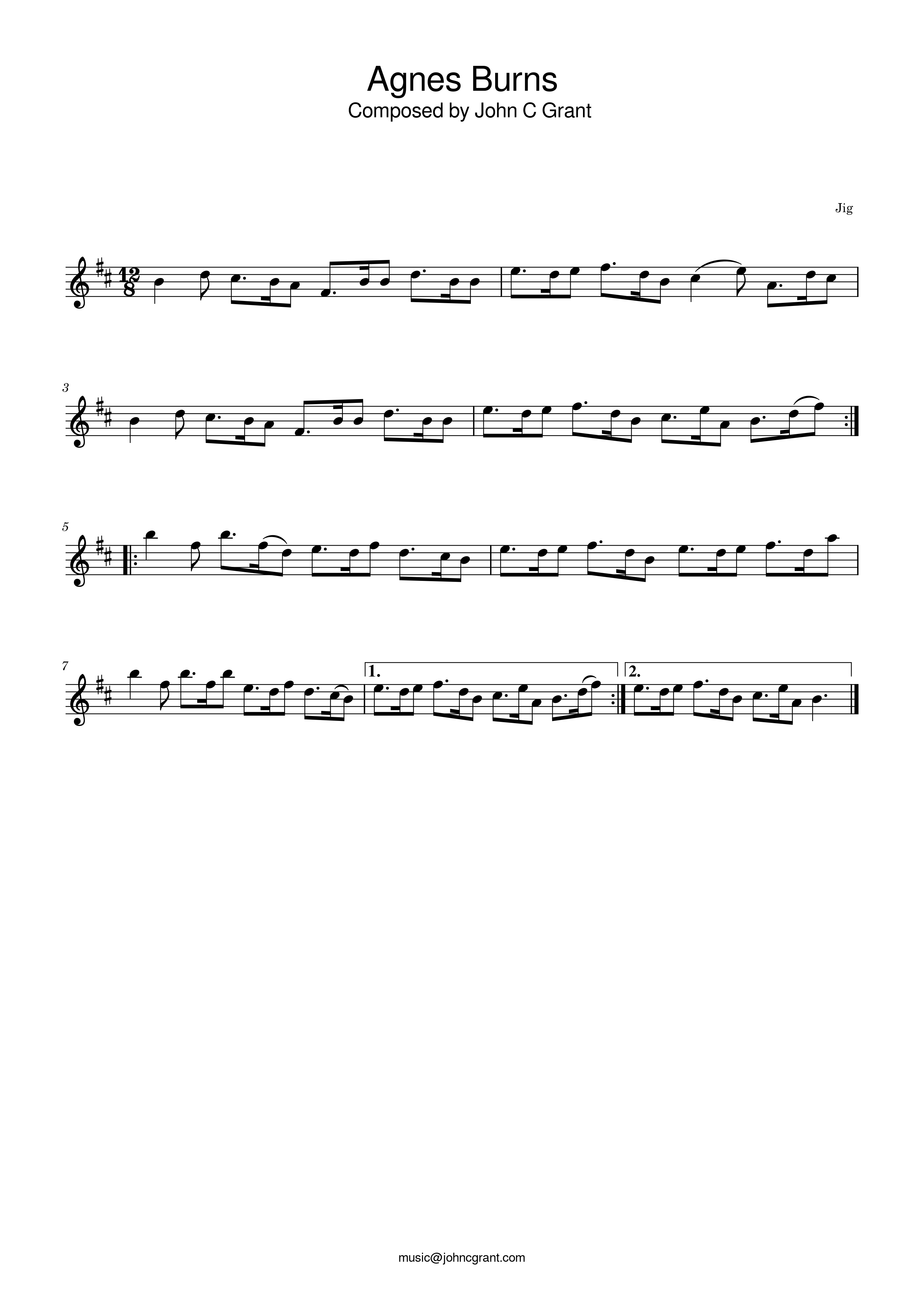
Agnes Burns, also known as Agnes Galt, was the eldest sibling of Scottish poet and lyricist Robert Burns. Born in 1762 at Alloway Cottage in South Ayrshire, she was the daughter of William Burnes and Agnes Broun. Notably, she did not adopt the ‘Burnes’ spelling. Despite the norms of her time, Agnes married William Galt at the age of forty-two in 1804. William had previously worked for her brother Gilbert at Dinning Farm in Nithsdale.
Agnes’s siblings included Robert Burns (born on 25 January 1759), Gilbert Burns (born on 28 September 1760), Annabella Burns (born on 14 November 1764), William Burns (born on 30 July 1767), John Burns (born on 10 July 1769), and Isabella Burns (born on 27 July 1771).
Recalling her husband’s disciplinary measures, Agnes Broun remembered that he had once used a strap on their daughter Agnes. This action was prompted by Agnes’s reluctance to pay attention during reading lessons, and Agnes remarked that the experience positively affected the child’s temperament.
In 1817, Agnes and William moved to the Fortescue Estates at Stephenstown in Dundalk, County Louth, Republic of Ireland. There, William was tasked with constructing reservoirs to supply water to the estate’s gardens, orchards, and grinding mill. Impressed by his work, Matthew Fortescue offered William the role of Confidential Manager on the Stephenstown Estate. This position came with a generous salary of 40 guineas per annum, a tied cottage, and land for cultivation and keeping livestock.
Stephenstown House, built in 1785, was a creation of Matthew Fortescue for his bride Marian McClintock. Although sold in 1974 and reduced to ruins by the late 1980s, William Galt significantly contributed to the estate’s prosperity. Between 1821 and 1822, he planted 53,000 trees, along with numerous shrubs and flowers. He also invested in top-notch farm equipment, leading to the recognition of part of the Fortescue estate as one of the finest farms in the British Isles in 1847.
Accounts from Major McClintock depict Agnes with a strong Ayrshire accent and an unassuming appearance. Yet, her recitation of her brother’s poems was described as powerful, albeit delivered in a harsh, rasping manner that might have posed challenges for those unfamiliar with Ayrshire speech.
Agnes and William did not have any children. Agnes worked as a dairy maid on the estate for many years. She passed away in the cottage in 1834 at the age of 72, while William continued to reside at Lakeview Cottage on the estate until his death in 1847.
Both Agnes and William were laid to rest in the St. Nicholas Church of Ireland cemetery in Dundalk. A monument was erected in their honor by admirers of Robert Burns. The inscription on the memorial commemorating the centenary of Robert Burns’s birth reads:
“To honor the genius of Robert Burns, the national bard of Scotland, and in memory of his eldest sister Agnes, whose earthly remains rest here. This monument was raised through the contributions of Robert Burns’s numerous admirers in Dundalk and its vicinity on the 25th of January 1839.
‘Time but the impression stronger makes, as streams their channels deeper wear.’ - From ‘To Mary in Heaven,’ 1789”
Agnes’s religious education was partly conducted at home by her father, who utilized a manual of religious belief he had written for that purpose. Assisted by John Murdoch, this manual was employed for her and her siblings’ education.
A guide track for ‘Agnes Burns’ is available below for listening: -
You can download a PDF of the sheet music here
- or braille format here.
The track is additionally available within the following collections and sets: -
Associated Collections: -
12/8
Ayrshire Characters
Jig
Not Yet Recorded
Robert Burns
The Tarbolton Collection
The Three Six Five Collection

